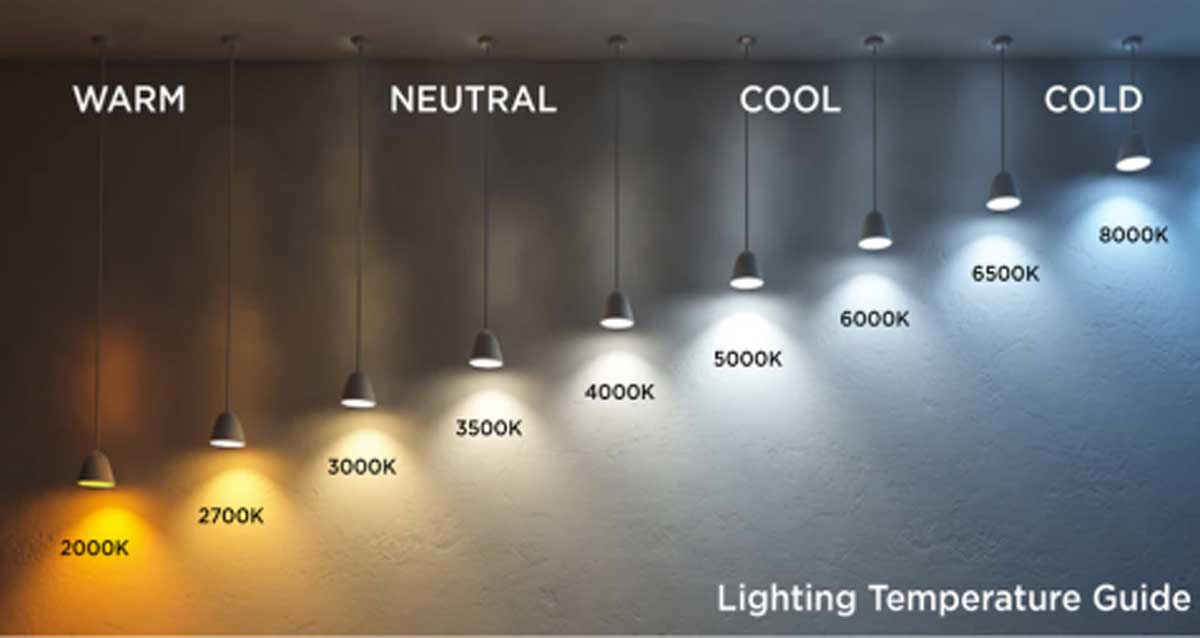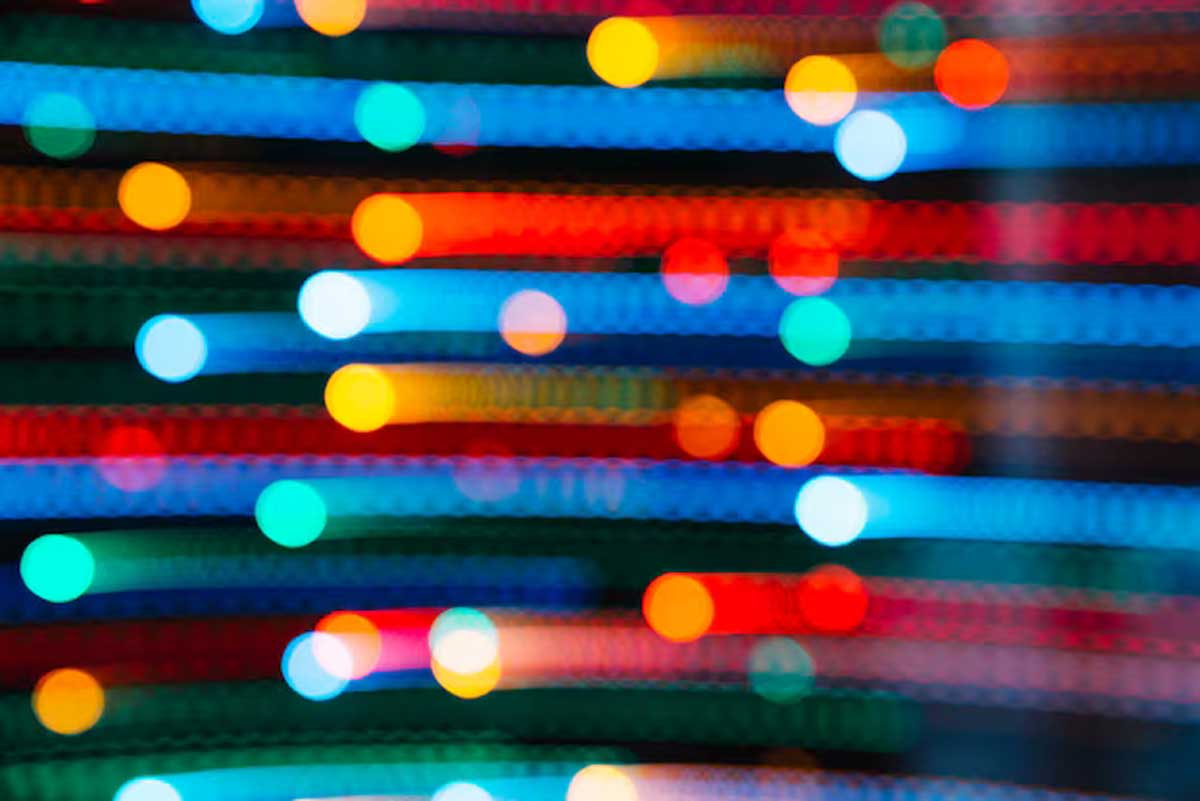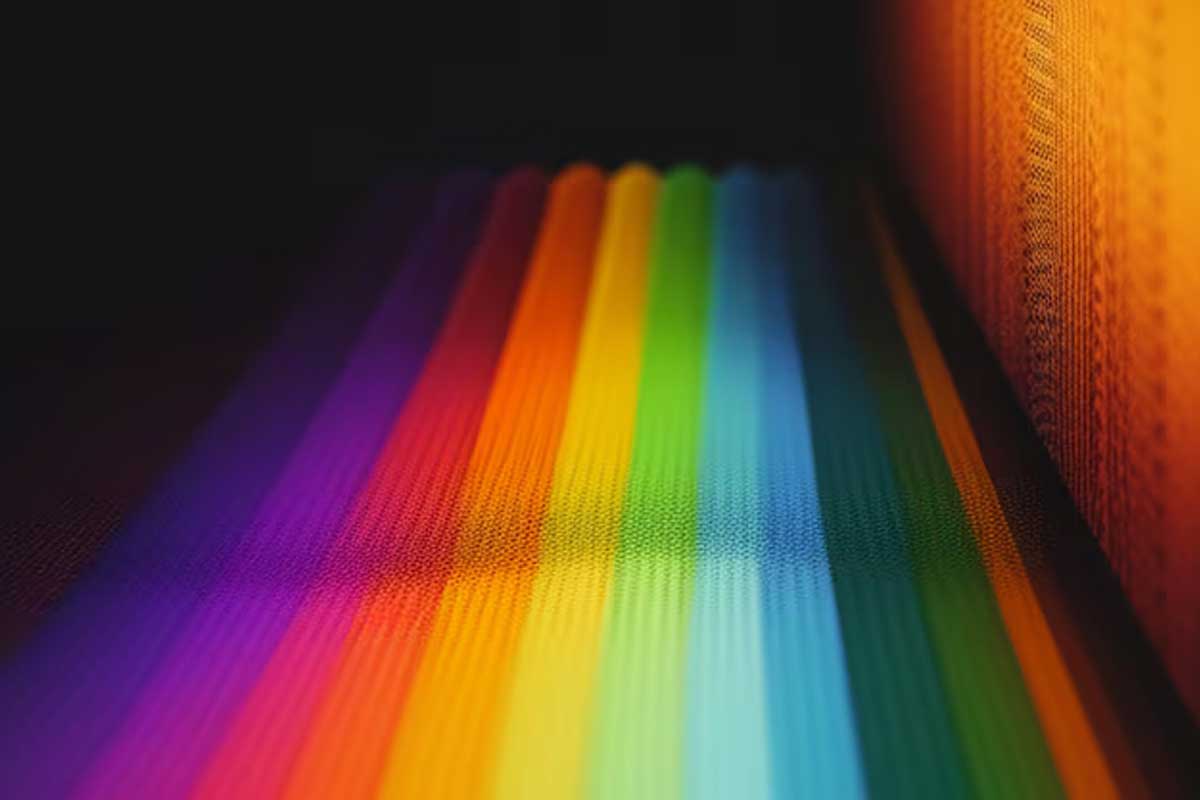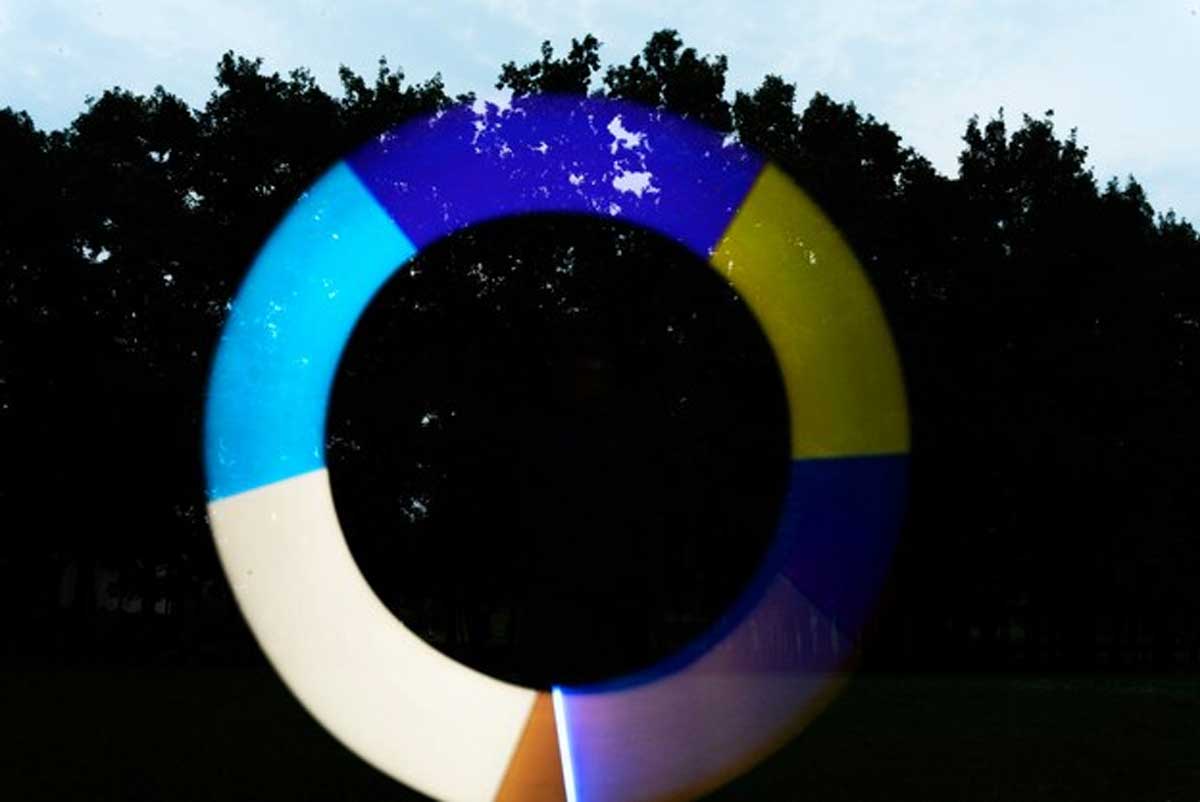A Comprehensive Guide to Decoding LED Color Temperature
Mastering color temperature is vital for attaining perfect results and desired ambiance. In general, color temperature determines your results in showcasing retail products, enhancing workplace productivity, and setting the mood for your spaces. This post provides the ultimate guide to understanding how light color temperature works.

1. What is Color Temperature?
Color temperature is the parameter that defines visible light color against non-reflective or opaque objects. It is a critical lighting design feature that impacts the light hue. It determines whether light appears cool (bluish) or warm (yellowish) to humans. Overall, lower temperatures, ranging from 2000K to 3000K, produce warm candlelight.

Meanwhile, higher color temperatures (5000K to 6500K) emit cool daylight hues. Understanding how color temperature works is vital for selecting a fixture that complements your use. What makes LED color temperature an essential feature?
2. Why is Color Temperature Important?
Color temperature is critical in shaping lighting design and functionality to ensure excellent performance. Overall, choosing the apt color temperature for spaces that promote visual comfort, enhance productivity, and evoke moods is vital. This section unravels the top importance of ensuring optimum LED color temperature.

2.1) Psychological Impact
Color temperature impacts overall eye health, emotions, and mood. For instance, low color temperature is associated with intimacy, relaxation, and comfort in residential uses. On the other hand, cooler light tones can boost productivity, focus, and alertness. Ensure you attain a balanced color temperature to promote the visual experience.
2.2) Functionality
In general, color temperature determines functionality by affecting overall lighting comfort, task performance, and visibility. Cooler color temperatures can suit settings like workshops and offices to enhance alertness and focus. Meanwhile, warmer color temperatures create a cozy socialization and relaxation ambiance.
2.3) Brand Identity
Uniform lights across different locations can promote brand identity by communicating the business presence. Simply put, it creates a cohesive client experience and reinforces your brand image. For example, warm tones can evoke familiarity and warmth to suit hospitality settings. It can help to connect with the target audience and sell products.
2.4) Visual Comfort
Color temperature determines interactions with the setting and influences visual comfort. In other words, optimal color temperature can promote eye health, enhance visual clarity, and reduce eye strain. In the meantime, higher color temperatures provide bright illumination to suit workstations and offices where ambiance is vital.
3. The Color Temperature Scale
Here is the ultimate LED color temperature scale to guide your lighting project. It leverages options such as crisp & bright hues and cozy & warm tones to create an ideal ambiance. Navigate these color temperature levels to customize spaces for productivity.

3.1) Daylight (6500k+)
The daylight color temperature emits bluish-white and bright light that mimics sunlight. In general, it features a temperature that exceeds 6500k to provide maximum clarity and visibility. Therefore, it suits applications that involve intricate designs. It is typical in medical facilities, art studios, and offices to foster productivity.
3.2) Cool White (5000k – 6500k)
These lights emit a bluish-white and crisp hue, allowing vibrant and bright illumination. In other words, they suit retail spaces, workshops, and offices to promote alertness. The cool white color temperature provides a refreshing setting for an energizing ambiance. It attracts customers, boosts brand identity, and promotes security.
3.3) Neutral White (3500k - 4500k)
Neutral white color temperature strikes cool and warm light tones with a balanced hue. It suits applications that require visibility and clarity without overwhelming brightness. Thus, it suits interior compliments for kitchens, retail settings, and office spaces. In other words, it provides enough ambiance to perform essential tasks in these settings.
3.4) Warm White (2000k – 3000k)
The warm white LED color temperature produces an inviting & soft glow that resembles incandescent bulbs. It provides illumination, creating an intimate ambiance for dining areas, living rooms, and bedrooms. In general, it can be a fantastic option for lighting outdoor spaces and designing complex settings like museums and product displays.
In any case, warm white light enhances relaxation and comfort. Using these lights in your interior designs provides a welcoming ambiance for residential use. Yet, you must ensure the lights provide enough illumination for related tasks and home safety.
4. Choosing the Right Color Temperature
To achieve a perfect setting, you must select the correct color temperature. Task requirements, personal preferences, and adaptability are some critical factors that you ought to contemplate. This section covers how to choose the right color temperature.

4.1) Adaptability
It would help to select fixtures that allow flexibility for adjusting color temperature to suit diverse preferences, moods, and activities. For instance, smart lighting solutions use smartphone apps to enable easy transitions between cool, neutral, and warm tones. Overall, flexible controls can serve diverse settings to reduce gadget budgets.
4.2) Natural Light
The amount of natural light that hits your space will impact your color temperature choice. Overall, warmer color temperatures suit settings with limited natural light. On the other hand, cooler color temperatures suit settings with ample natural daylight. Harmonizing artificial light with sunlight would help ensure overall visual comfort.
4.3) Personal Preference
Your setting preferences, comfort level, and aesthetic needs are vital. Some settings require a bluish hue, excellent clarity, brightness, or yellowish light. Meanwhile, your color temperature choice should complement your setting for better results. Personal preferences also involve additional factors such as budgets and brand choice.
4.4) Task Requirements
Select the LED color temperature by considering its likely impacts on related tasks. Some tasks, such as typing, cooking, or reading, require precision and focus. Thus, they can benefit from bright color temperatures to boost alertness and visibility. In the meantime, activities like watching and relaxing require warmer color temperatures.
5. Conclusion
Above all, color temperature is critical to visual comfort, brand identity, functionality, and health impacts. However, you must understand the color temperature scale to select the most apt fixture for your setting. This article has discussed critical factors for choosing the right color temperature for your spaces for excellent results.
6. Optimize Your Color Temperature Settings with LNJAMI Today!
Are you ready to leverage the power of personalized LED color temperature lights? Our innovative solutions provide flexible color temperature settings to suit your needs. In any case, LNJAMI offers exceptional customization, performance, and versatility.
We connect you to lighting experts to help you strategize LED color temperature for use. Our outdoor lighting has flexible & intuitive controls for adjusting lights to suit diverse settings. Transform your space with LNJAMI today through personalized color temperature features to unlock new comfort levels. Check out our products here!








